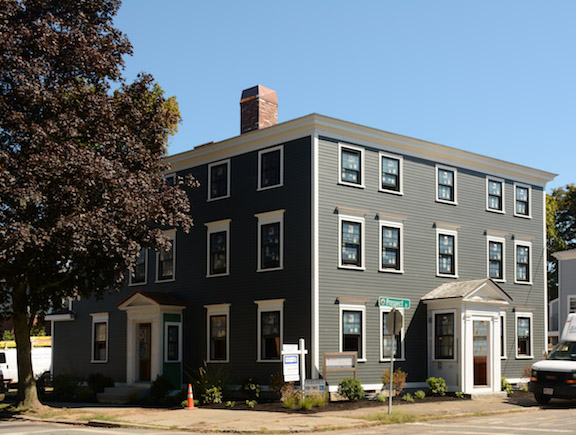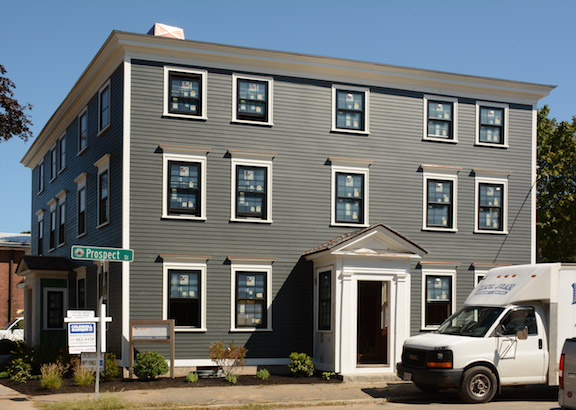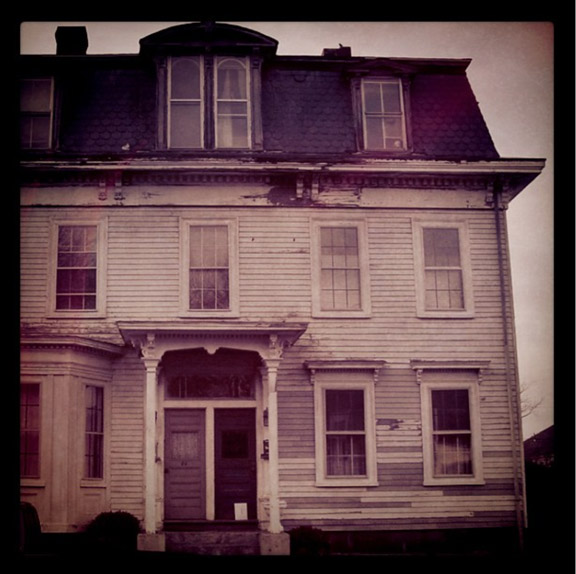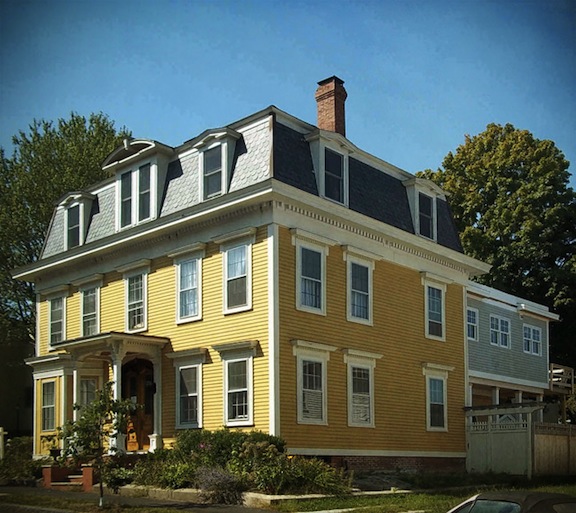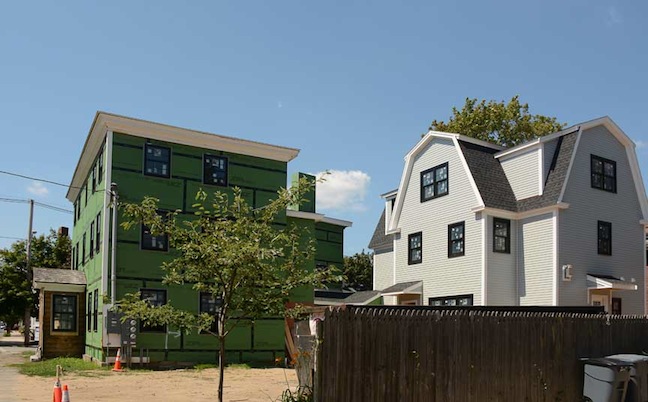
Lime Street development
Definition of Patina:
“A surface appearance of something grown beautiful especially with age or use.” Merriam-Webster
If you ever watch anything on TV that has to do with old stuff, from the tonier PBS “Antiques Road Show,” to “Pawn Stars” on the History Channel, something old would be brought in, and if it has been refinished, and the original finish has been removed, whether it’s an old gun, a coin or an old piece of furniture, the value of that piece, whatever it might be, would be greatly, greatly diminished.
When I moved here over 30 years ago, Newburyport had a whole lot of soul and patina. I loved walking down the street and feel the stories behind the homes that I would walk past.
That “patina” in Newburyport is going. And because The Newburyport Blog was started in part to help fight for that, “patina,” I’ve done a lot of thinking about “why.”
And that brings me to the renovation on Lime and Prospect Street being done by a long time resident and lover of historic houses, Gus. And that renovation has gotten people’s panties in a twist (vast understatement).
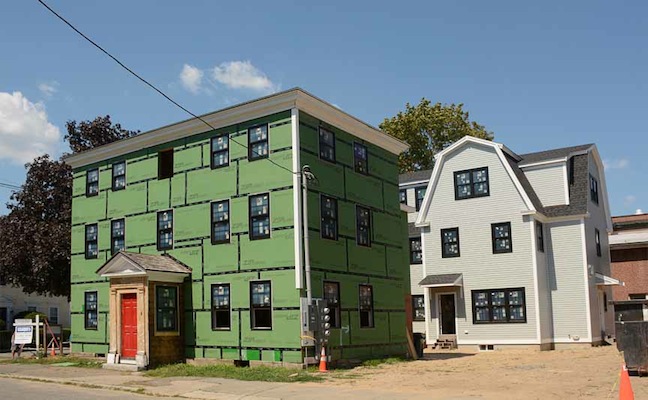
Lime Street development
And this time, instead of being horrified by a “take it down to the studs, gut, reno job,” I’ve asked myself, Ok, if Gus, the owner and “developer,” who loves historic houses, is going this route, what does it say about us in Newburyport, and us as a society.
1) Lead paint laws
When I used to walk into an old house in Newburyport and see the layers of paint, I’d think, “patina.” Now if I see layers of paint I think, “lawsuit.” The lead paint laws have done a whole lot to hamper historic preservation everywhere.
2) Newburyport has become a wealthy community, and people expect specific things when buying a house.
3) HGTV
Yup, that is my thought. HGTV has done a whole lot to influence about what people think they want when they buy a house. And now that Newburyport is upscale, folks expect certain things.
a) Walk in closets.
b) Spa bathrooms.
c) En Suite bathroom
d) Open concept
e) Large kitchens with an island
f) Gas fireplace with a place for a large flatscreen TV over it.
Even 10 years ago, were any of these things a “must have” for your average buyer? Very wealthy people, maybe (Ok, flatscreen TVs didn’t exist even back then), but your average person, 10-15 years ago, I don’t think those things were on their “must have” list.
How we got to that “must have list,” is a whole other post or series of posts, or mulled over in all sorts of books (written by people other than me). But when a house is “developed” all those things, lead paint and the HGTV list come into play. Not to mention people no longer tolerated drafty houses (they want to be warm in the winter and cool in the summer time, “green stuff,” they would like to save on their heating and cooling bills), and have a hard time with windows that don’t easily go up and down.
Is Newburyport losing its historic character because of the lead paint laws, how people want to live today, the influence of HGTV and the fact that we are now a wealthy community? Alex Dardinski makes a great contribution to that question, when he remarked, “I don’t want to live in Williamsburg, but in a tapestry of history rather than a single place in time,” in a reply to this post on The Newburyport Blog’s Facebook page. And I was so impressed with his thoughtful observations, that I put his whole response up on The Newburyport Blog as a separate post.


